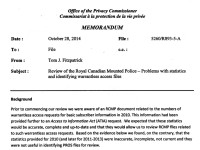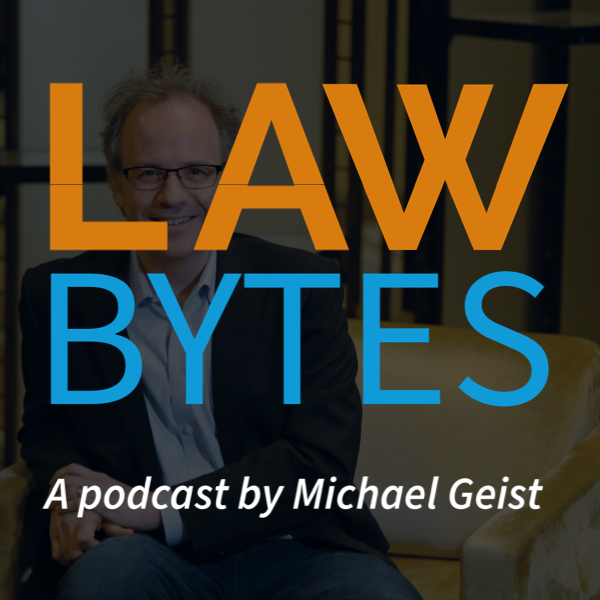As the launch of the Canadian anti-spam law neared last spring, critics warned that enforcement was likely to present an enormous challenge. Citing the global nature of the Internet and the millions of spam messages sent each day, many argued that enforcement bodies such as the Canadian Radio-television and Telecommunications Commission and the Competition Bureau were ill-suited to combating the problem.
My regular technology law column (Toronto Star version, homepage version) notes that in recent weeks it has become increasingly clear that the CRTC and the Bureau can enforce the law against companies that send commercial emails that run afoul of the new legal standards. Those agencies have completed three enforcement actions against Canadian businesses that point to the risks of millions of dollars in fines for failing to obtain proper consent before sending commercial messages, not granting users the ability to unsubscribe from further messages, or sending false or misleading information.











